
I’m back in New Zealand after my summer trip to the UK, where I attended Retcon 2024 in London and Kickstart 02 in Nottingham—both fantastic retro-computer shows. I covered Retcon 2024 in my previous blog, and you’ll find my personal Kickstart 02 update in my Soapbox article in the upcoming edition of Amiga Future magazine. Unfortunately, space in the magazine is limited, but my blog has no such restrictions, allowing me to provide additional details about the Kickstart show. Now there’s a reason to subscribe to Amiga Future magazine, which, with 169 issues to date, is the longest-running Amiga print magazine published in both German and English.
Kickstart 02 Highlights
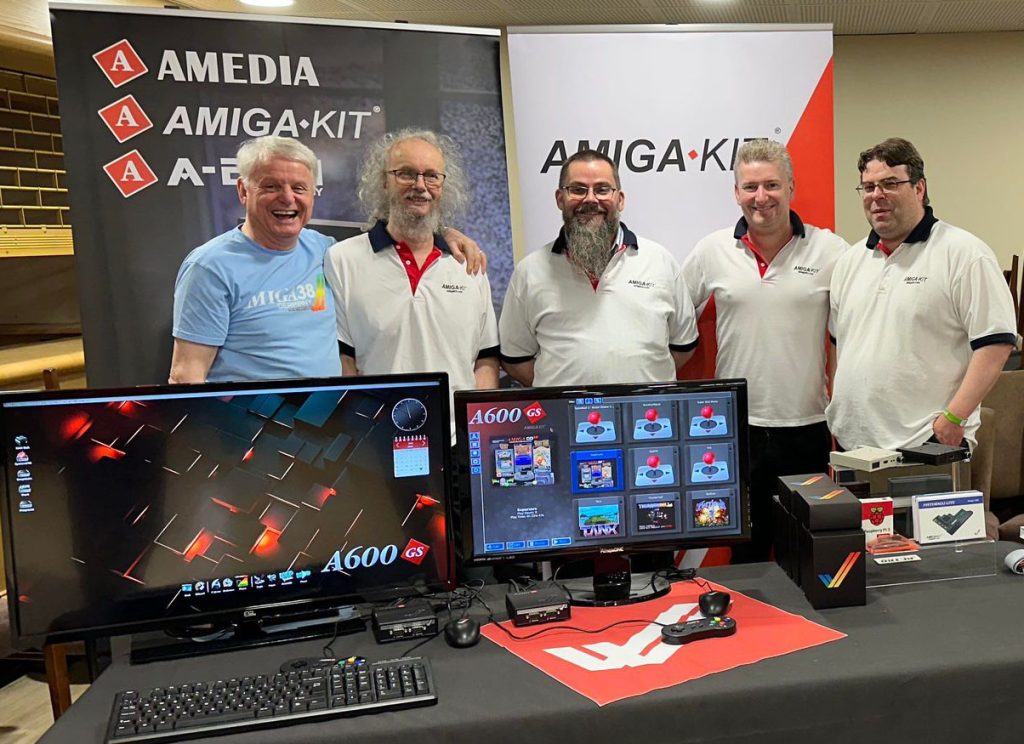
The show floor was extended this year with the addition of a separate hall for presentations and talks allowing even more space for the Amiga retailer area. It was a great show for AmigaKit, who sold out all of the A600GS systems they brought to the event along with a good selection of their Classic Amiga merchandise. Throughout the show on Saturday you could see people wandering around with a black and silver A600GS box under their arms. Laurent Zorwaski, representing AAA Technology/Amedia Computers, also sold a number of A1222 Plus motherboards and systems during the show. Based on the large crowds frequently circulating in the retail area, especially on Saturday, I think most retailers enjoyed a very fruitful show.
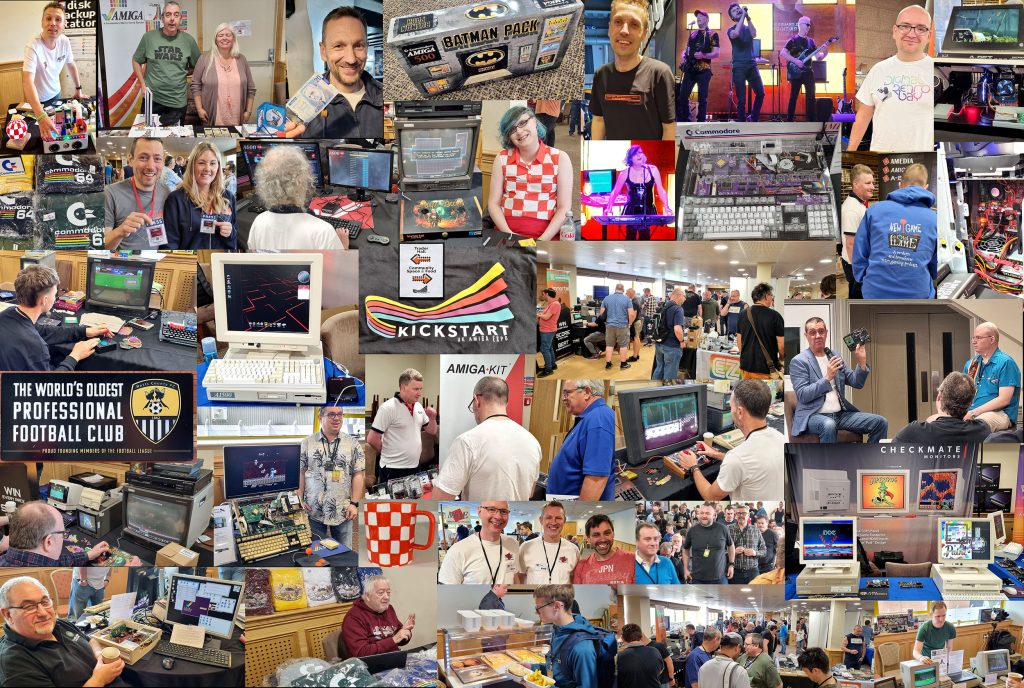
Stephen Jones, of Checkmate fame, had a large display stand showcasing his A1500 cases and excellent range of Checkmate retro-monitors. He has designed his retro-monitor range to enhance the vintage computing experience by providing authentic display capabilities that align with the original aesthetics and functionality of classic systems like the Amiga, Commodore 64, and Atari. The monitors feature multiple input ports, including VGA, HDMI, SCART, and composite video, allowing seamless connectivity with both retro and modern devices. They are ideal for retro gaming, media viewing, and productivity tasks. The Checkmate monitors offer the correct aspect ratios and resolutions to preserve the nostalgic feel while supporting higher resolutions for contemporary use. Their durable build and retro design make them an ideal addition for enthusiasts and collectors, blending modern versatility with vintage charm.
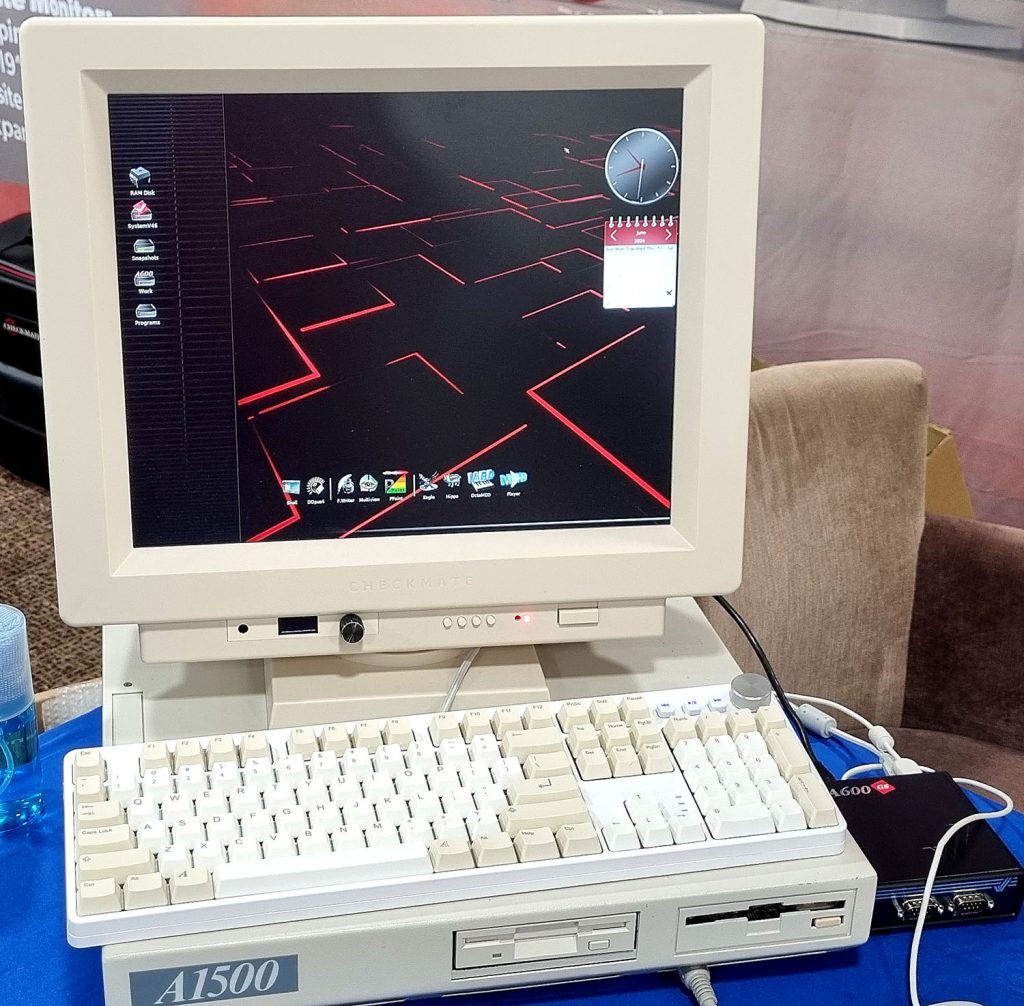
Stephen even had one of his monitors driven by an A600GS, though it was sitting on top of one of his replica A1500 cases. I have a couple of the Checkmate cases. The first one I purchased houses my original A1222 beta system. It’s an excellent case but far too big for the A1222. I also have an A1500 Mini case that contains the oddly named UnAmiga Mini-ITX board developed by Edu Arana. I mentioned to Stephen I wanted to buy another A1500 Mini case to either rehouse my A1222 or reserve it for a new A1222 Plus motherboard if one became available from the early-adopter batch. I thought nothing more of our conversation, but a few days after I returned to New Zealand, I received notice from DHL that they had a package for me from Checkmate Digital in the UK.

When the box arrived a few days later, to my great surprise and delight, it contained a Checkmate 1500 Mini case complete with an internal PSU. I contacted Stephen to thank him and asked what I owed him. “No charge,” he said, “you do enough for the Amiga community.” Thank you, Stephen, you do quite a bit yourself and set the high standard for professional packaging of new retro products.
It was not only Laurent Zorawski who had the A1222 Plus on display. It was good to see Fred ‘OldAmigan’ Booth demoing his A1222 Plus system on the SAUG (Scottish Amiga User Group) stand. I had a nice chat with Fred who seemed to be enjoying his new baby. He admitted it was a long time since he used OS4.1. His old A1-XE went up in smoke. However, he had been transferring and testing software on the A1222 Plus and admitted it feels nice and snappy.

For more Kickstart 02 reflections, check out my Soapbox article in the next edition of Amiga Future magazine.
A600GS
Talking about the A600GS, I finally picked up my own unit when I visited AmigaKit’s offices in Cardiff. However, I had to wait until I returned to NZ before I could test it out, which is a bit silly really. It’s such a small portable device I could have easily connected and powered it from the hotel TV and hooked into the hotel Wi-Fi or my Smartphone to get online and check for updates ….. which are coming thick and fast at the moment. However, I don’t think my wife would have been that impressed. 😉 Anyway, I packed the A600GS, which comes in very nice custom packaging, in my suitcase for the long plane journey back to New Zealand.

Eventually, I found some time to set up my A600GS. I located a spare 5V PSU, connected the joypad and used the supplied HDMI cable to attach my monitor. On first power-up, I configured the Wi-Fi to connect to my home network and registered my A600GS using my existing Amisphere profile. I checked for new firmware updates and downloaded the latest version. As a quick test, I used Bluetooth to connect to the internet using my Samsung smartphone.
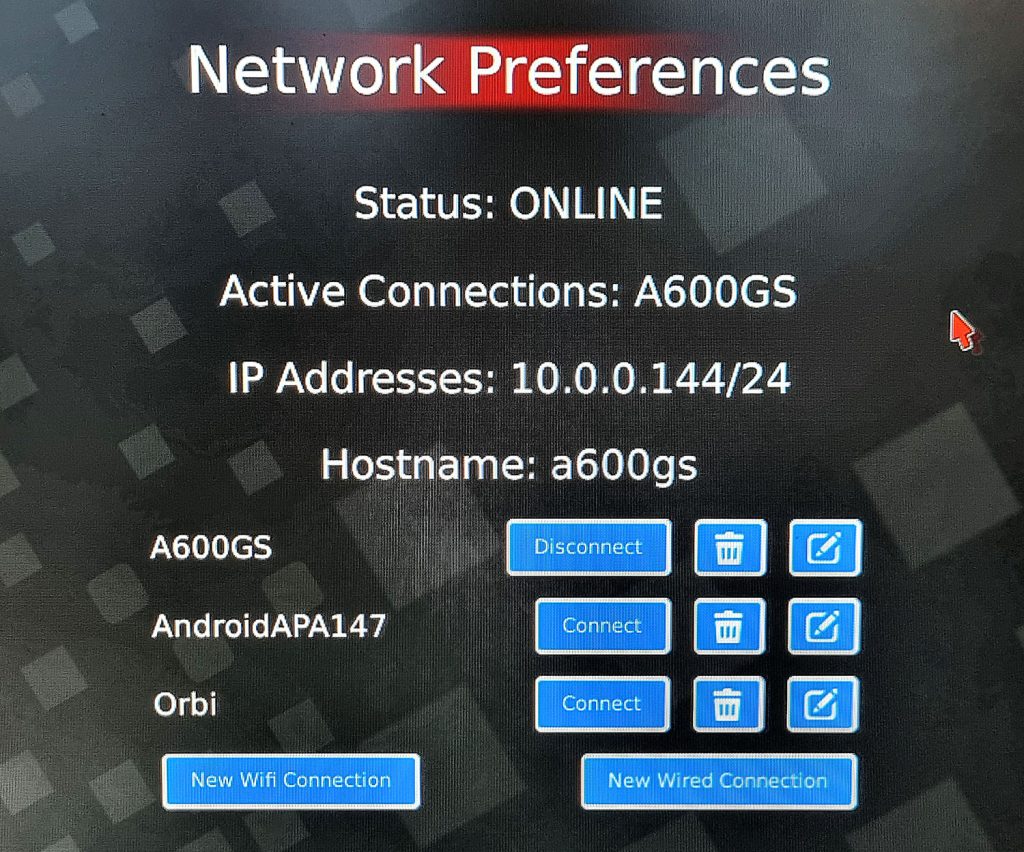
Afterward, I switched to a wired Ethernet connection. I must admit, setting up networking was straightforward. My monitor’s HDMI audio worked well, but I also wanted to test the rear stereo audio port with my Commodore speakers. I know, old habits die hard. 😉 Again, audio worked fine once I selected the stereo input on the monitor.

Bluetooth speakers (and other Bluetooth devices) can also be easily connected. However, to reduce clutter, I reverted to HDMI audio.
Although the A600GS comes with three USB ports, I soon discovered I needed a multi-port USB hub so I could attach a mouse, joypad, keyboard, and USB pen drive full of games and utilities. I was pleased to discover that the A600GS doesn’t require a separate power supply for the USB hub, which functioned well with three USB devices connected. If you just want the A600GS to play games, this shouldn’t be an issue.
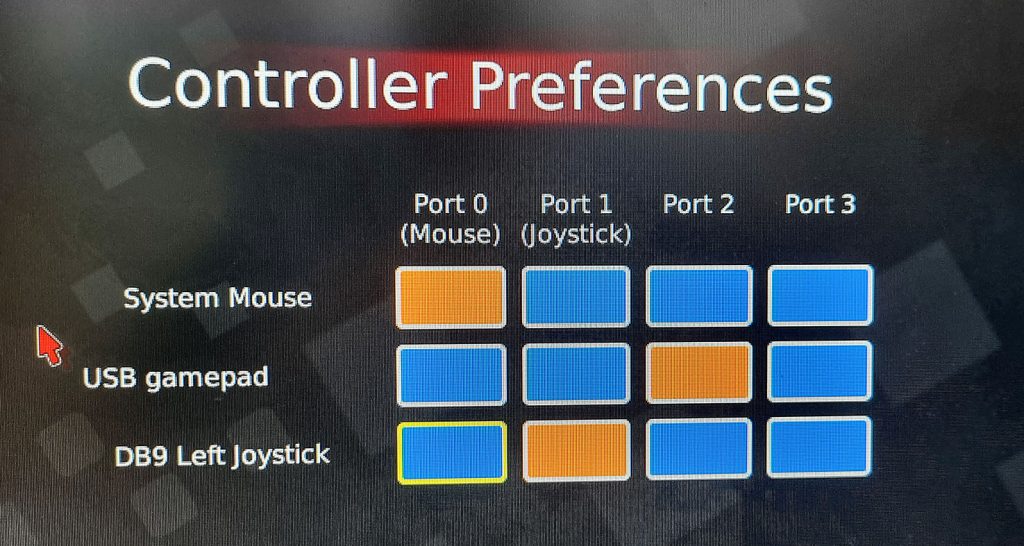
I tested the DB9 joystick ports with one of my old Quickshot II joysticks. You simply insert the joystick into one of the DB9 ports then double-click the fire button for the joystick to be recognised. Note: the two DB9 ports are for joysticks only and do not support a Classic Amiga mouse. The A600GS is supplied with special aros-rom files, but it also allows you to upload your own Kickstart ROM files if you have them.
The A600GS is supplied with a couple of Paolo Cattani’s games pre-installed: Virtual Grand Prix, a 3D textured racing game, and ThunderHell, a classic scrolling shoot-em-up. Fortunately, adding titles from your own game collection is very easy. Although I’m not much of a gamer, I installed the highly addictive Slam Tilt AGA pinball, which I had previously tested on TheA500Mini, MiSTer, and Vampire V4.
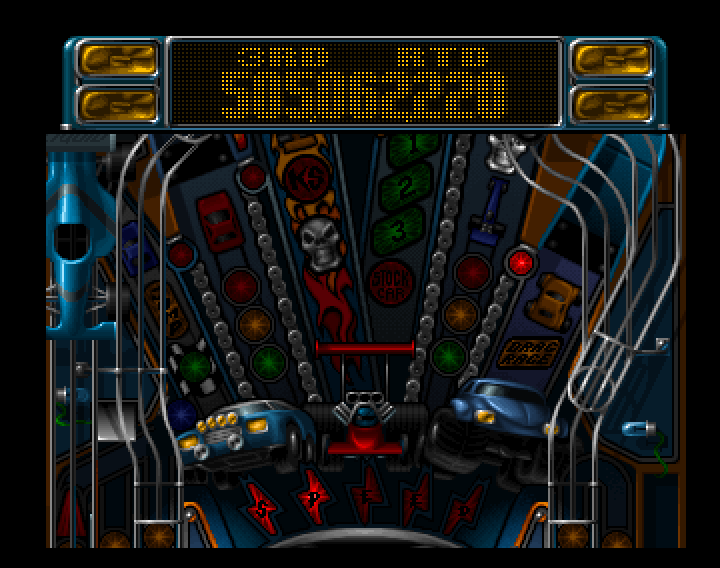
While these devices handled the game pretty well with a few minor quirks, I was eager to see how the A600GS would compare. I’m pleased to report that the gameplay on the A600GS was fast and fluid, with no significant issues. The only minor glitch I noticed was that occasionally the display remained in high-res mode on the rare occasion I achieved multi-ball, but overall the performance was virtually flawless.

I was really keen to try out AmiBench, AmigaKit’s Classic 68K desktop environment specifically developed for the A600GS. AmiBench is built upon AmigaKit’s System Release V46 distribution, which includes some of A-EON’s Enhancer Software, recompiled for 68K, and integrated with a few AROS components to provide Amiga users with a modern and efficient GUI. It runs on top of Amiberry, the impressive ARM Amiga emulator developed by Dimitris Panokostas. AmiBench’s performance is further boosted by AmigaKit’s ARMgraphics.library, which bypasses the 68K graphics bottleneck to accelerate graphics rendering. AmiBench opens its desktop environment in high resolution 1080p with True Colour icons.

The A600GS comes with several productivity titles pre-installed, which can be run from the stand-alone menu or from within AmiBench. This includes Personal Paint and Octamed 8 Sound Studio from A-EON, Directory Opus 4, and the new version of Final Writer 7.0 from Timothy Deters. They have all been configured to run well on the A600GS.
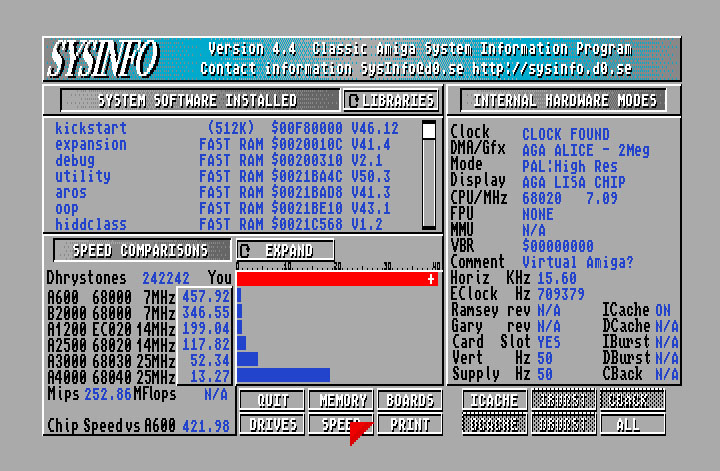
Although I’m not particularly fond of benchmarks, I decided to install SYSINFO 4.4 to assess the performance of the 68K emulation on the A600GS. SYSINFO reported an impressive 252.06 MIPS and a massive 412.98 compared to the chip speed of an A600. Not too shabby indeed!
My next task is to install some productivity titles that I used to run on my A4000T. As a quick test, I installed one of my old favourites, Professional Page 4.1 from Gold Disk, the desktop publishing program I used to create all the technical and training manuals for my company thirty years ago. Time certainly does fly. I converted the four PPage4.0 floppies to ADF files and mounted them under AmiBench using the excellent GoADF! shareware utility from Krzysztof Donat of bitplan.pl. I was so impressed with GoADF! that I immediately registered the product and made a PayPal payment using my wife’s PayPal account. 😉
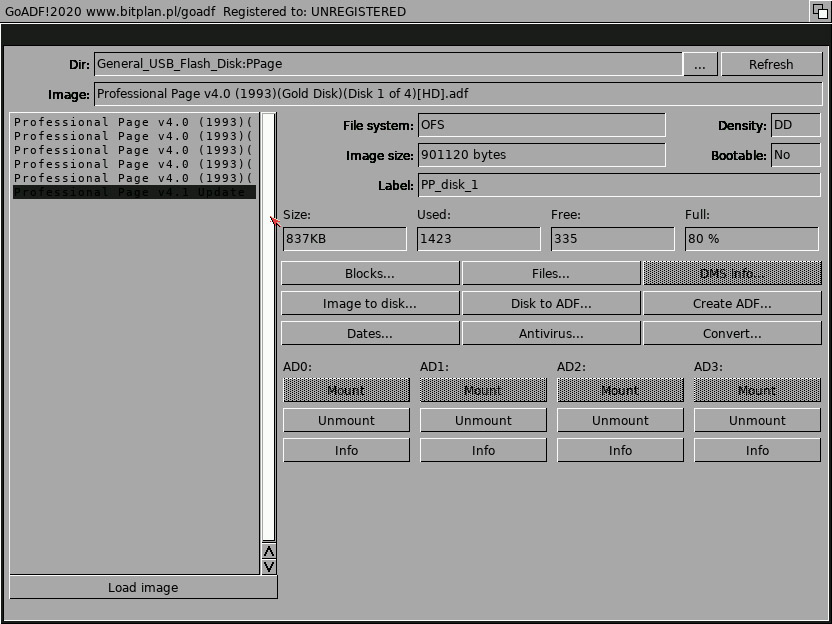
There is a good reason to register GoADF! apart from supporting Krzysztof. Registration also removes the frequent 10 to 30-second time delay built into the unregistered version. GoADF! runs very well on the A600GS in full 1080p screen mode. With the four floppies now available on the AmiBench desktop, I was able to install PPage4.0 without any problems. I then mounted the PPage4.1 ADF and installed the update.
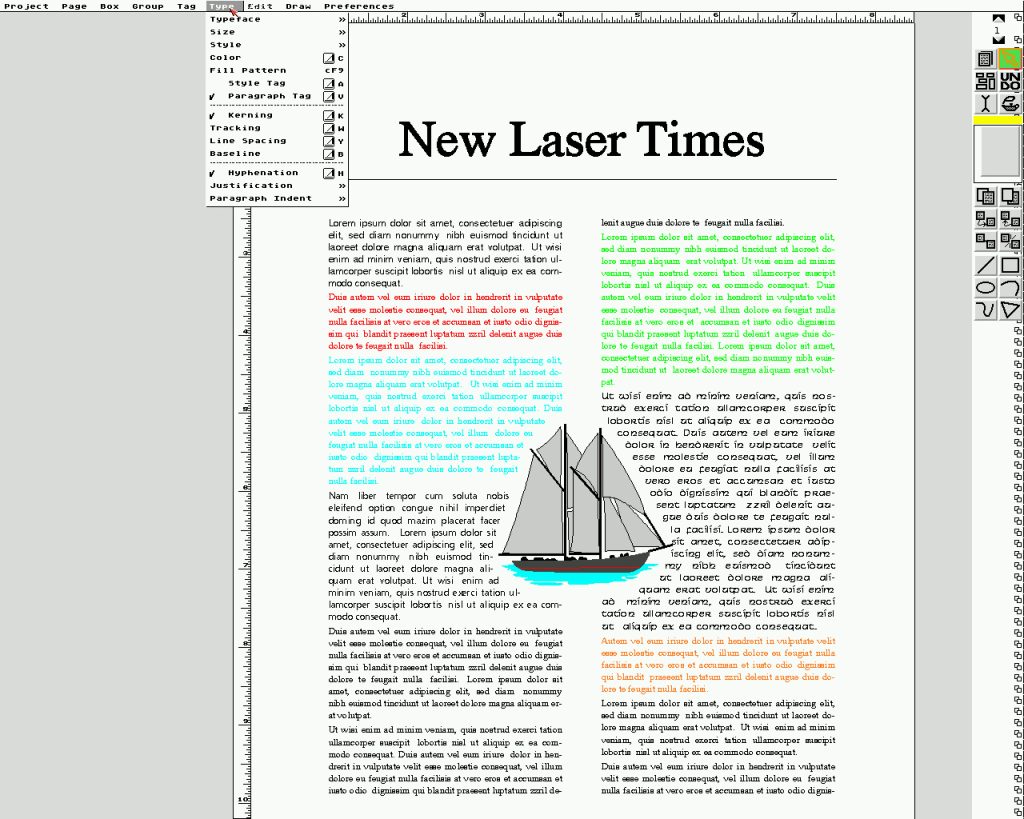
But would PPage4.1 actually run? It was a temperamental program at the best of times. I remember saving projects to the HDD every 5 minutes as a precaution against the numerous and regular program crashes on my A4000T. Did I say, those were the days? On startup, a [System Requester] popped up asking me to insert CGFonts in any drive. I assigned CGFonts and the program started as normal and opened up on the largest screen size available (1920×1080). I recall that PPage struggled with RTG screen modes on my A4000T, so I tried a few other screen resolutions.
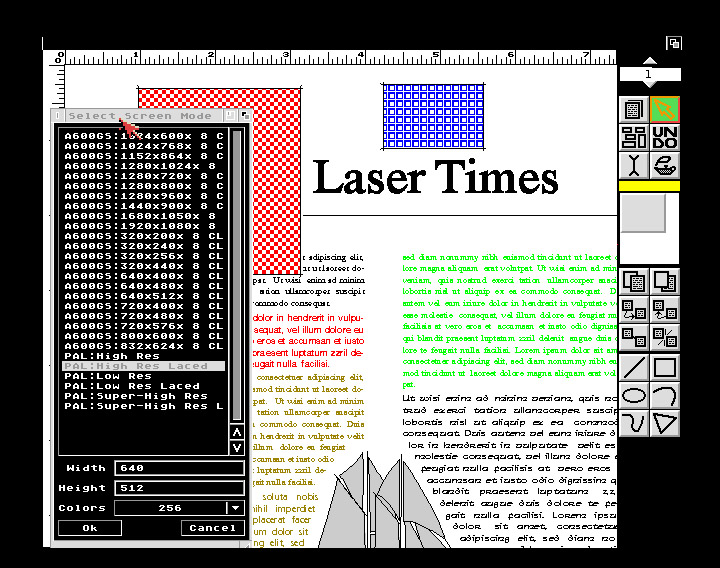
I was pleased to discover that the original Amiga screen modes could also be used. All the screen modes seemed to work OK, although with the larger screen sizes, the mouse left some artefact traces if it was dragged outside the limits of the selected screen. To avoid the mouse artefacts, I chose the 1280x1024x256 screen which worked fine. I haven’t really put PPage4.1 through its paces, but I was pleased to see it up and running on the A600GS. What next to install? It’s got to be Professional Draw, PPage’s companion structured drawing package. Now where did I put those floppy disks?
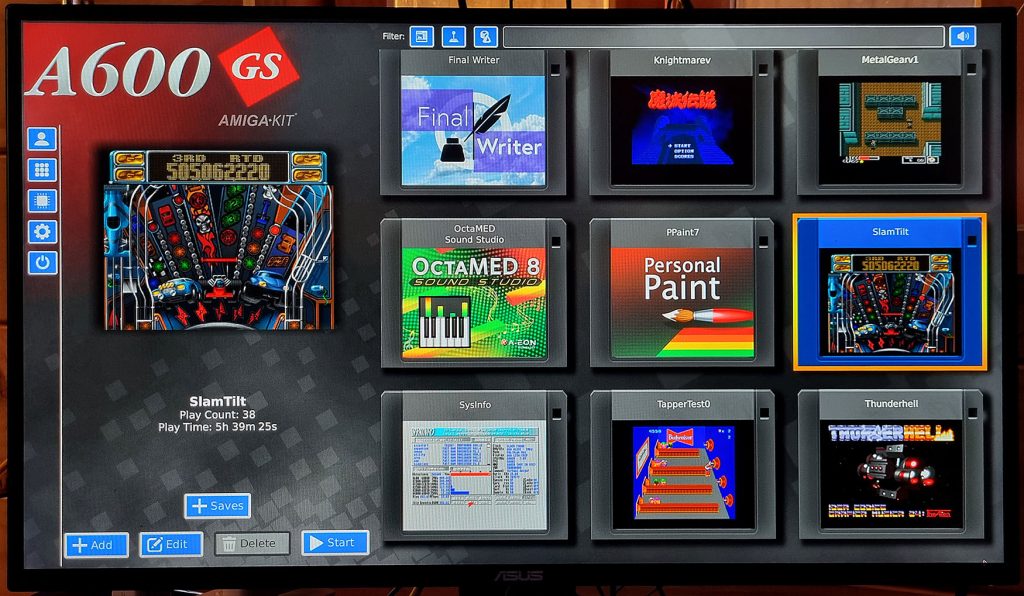
A lot of work has gone into making the A600GS GUI easy to set up and navigate. Credit goes to Matthew Leaman for his vision and to Andy Broad, the main AmigaKit developer, who turned Matthew’s ideas into reality.
Northern Rock
While visiting family in the North East of England, I made time to catch up with Ryan Dixon, a long-time Amiga enthusiast and more recently an active AmigaOS 4 developer. Not only is he an OS4 developer, he is part of the ExecSG team and a beta tester for A-EON Technology’s Enhancer software. Like me, Ryan hails from Sunderland. The city was famed as a powerhouse during the Industrial Revolution and became one of the world’s largest shipbuilding towns. The region was also known for its extensive coal mining operations, which fuelled both local industries and those further afield. The city has a rich history in glass production dating back to the 7th century. Sunderland also boasts beautiful coastline and beaches, such as Roker and Seaburn, and the changeable, wet and windy weather adds to the charm and ruggedness of the area. And then there is the Black Cats—Sunderland A.F.C., with its passionate fan base and long history in English football, which forms a significant part of the city’s identity.
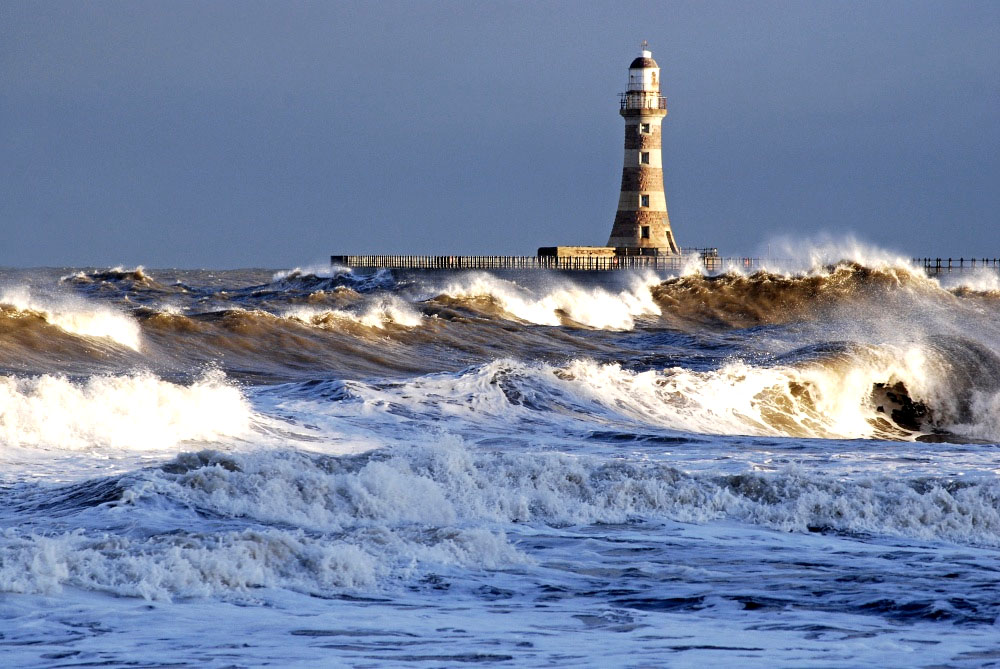
It was on a typical wet and windy day in the North East that Ryan and I headed to the Seaburn seafront for a warming Indian meal, accompanied by a couple of pints of Cobra beer. After dinner, I visited Ryan’s house to check out his impressive computer collection and learn more about his Amiga history.
Now, I’ll hand over to Ryan: >>>>>>>>>>>>>>>>>>>>>>>>>

It was the early 90’s when my older brother had an A500. At home, we never had a computer monitor, instead using a huge black TV and the RF module. I think the first thing I ever did was draw pictures in Deluxe Paint II and I was in awe at the potential that anyone had starting with a black screen; a clean slate where anything from the worst picture to a work of art could be created!
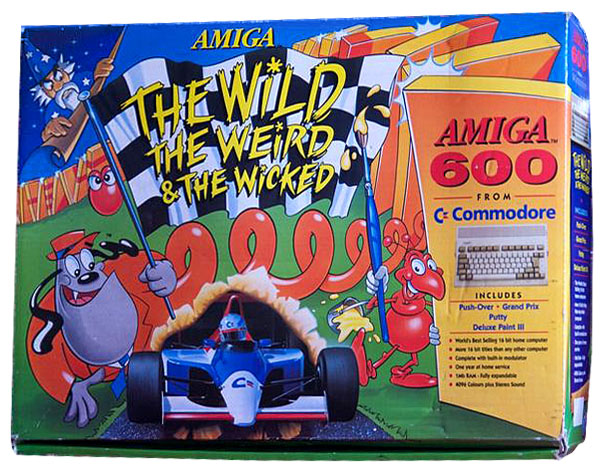
Not long after, I would have my own A600 – the Wild Weird Wicket pack – and I still remember flicking through the Deluxe Paint III manual with Dan Silva on a unicycle!
I was never an avid gamer on the Amiga but that is not to say I never played games, I just did not play many, instead focusing on a few. Desert Strike is definitely the first game I ever remember playing and I could hardly be pulled off my A600 once I started playing it.
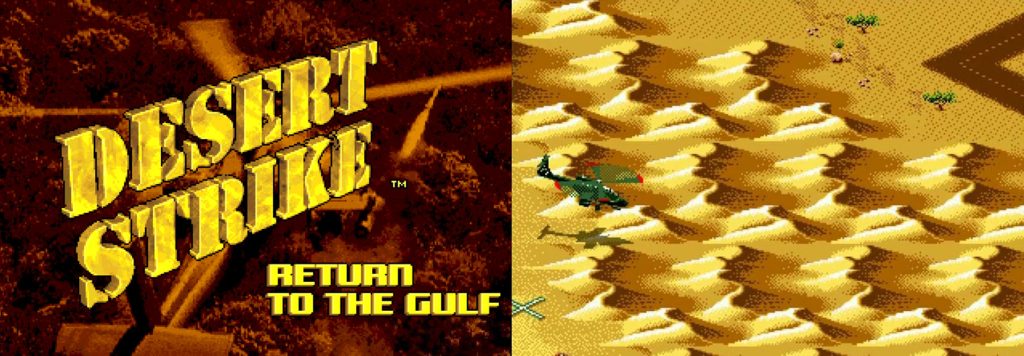
To this day, I still have not completed that game and I do still play it from time to time. There was Cannon Fodder, of course, and I used to turn down the brightness on our huge TV pretending as though I was playing levels at night. There was also Theme Park ECS and in the late 90s I was given the Amiga 1200 Magic Pack and switched to playing Theme Park AGA which was beautiful. The only issue with my Escom Amiga was the disk drive! If I remember correctly I could read from the disk in the drive but I could not write to it! That was infuriating and at the time I was still young – now I would have just opened the thing up and swapped the drive out! But, going back in time to my A600, a key moment was booting up Workbench 1.3.

I always loved the blue/orange combination of my brother’s Workbench 1.3 so I used to boot up 1.3 using my A600 instead of using Workbench version 2. All of the icons and not knowing what they did amazed me – I wanted to learn. Anyway, the key moment was one in which I recall formatting our original Workbench 1.3 disk through the command line. I cannot recite exactly why I did it, only that I did do it. Despite the mistake, it was a defining moment for me because I loved the fact that I could tell my machine what to do by typing something into the command line; I guess it was just a feeling of power or magic. That key moment inspired me to do what I do for a living now which is, to no surprise to a lot of Amigans who are in similar situations, software.

During my internship at HP in Bristol I used to use the bouncing boing ball as my screensaver and that was noticed by a good number of engineers on the floor! It was in Bristol where I realised that Amiga meetups were a thing, but it would not be until 2021 before I attended my first: South West Amiga Group. That was just after the pandemic where everyone was working from home. In that period I really built up a collection of classics; pulling my old Amiga 1200, 500 and 600 out. My project for those machines was to install them all into towers and spend way too much money expanding them. My A1200 is in an Eyetech case with a Mediator PC 1200, Radeon, Sound Blaster, network card, Blizzard PPC, Fast IDE A1200, Indivision MK 3 and Lyra. My A600 is in a Infinitiv II case with a A630 Rev 3, Indivision ECS with the A604n and some old buffered IDE board. My A500 is in Stephen Jones’ Checkmate 1500 Plus case with the Zorro expansion using a GBAPII++ graphics card, ACA 500 Plus, MegaChip and ACA 1233n. During the pandemic I also bought an Amiga 1000 and kept that as stock as possible only using the Parceiro card.
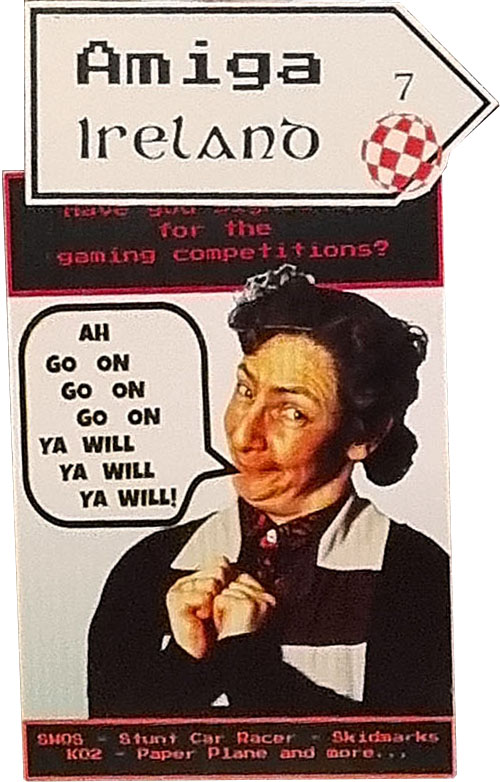
Since my first Amiga meet and signing up to Amigans.net – my forum of choice – I have networked with a number of other Amigans. George ‘Walkero’ Sokianos started a new initiative to upgrade our NextGen web browser and I decided to get on board with that. George started a new group and although progress is slow, since we all have day jobs and treat this as a hobby, the small team consists of some old, knowledgeable heads where techniques are learned and bounced off of each other. Amiga Ireland 2023 was a great show and I finally got a chance to meet George as well as Trevor Dickinson and Mathew Leaman as well as many other Amigans!
I hate to say that I have not really turned any of my classic machines on recently. That is because I noticed an AmigaOne X1000 for sale on eBay back in 2022 and it was collection only which probably helped keep the price down. It was definitely worth the long travel to Eastbourne to pick it up! Apparently, it belonged to the seller’s father who unfortunately passed away. I got it home and had difficulty turning it on and after some research realised it was the battery that was causing the issues. Actually, the battery holder had snapped. Thankfully, I am “okay” with a soldering iron, so I had to dismantle the whole machine, solder a new one in and ever since it has run perfectly. Once I started using AmigaOS4 I was just hooked on NextGen. Not long after, an AmigaOne X5000 came up for sale on Amibay. Being paranoid about the chance of my X1000 dying, I decided to buy and import the X5000 which I intended to be a backup machine in case my Nemo blew up. It has, however and inevitably, become my main machine and I replaced the small black case with a Fractal Design R7. Both my X1000 and X5000 sit alongside each other and I often use them both with with my Linux machine using Synergy which works flawlessly across all my machines. My X1000 has a Catweasel II and uses a Radeon HD 7950 kindly donated by Raziel (Hubert), migaOS4.1 Final Edition Update 2. My X5000 uses a Radeon RX 560 and a Sound Blaster Audigy FX with the same Operating System.
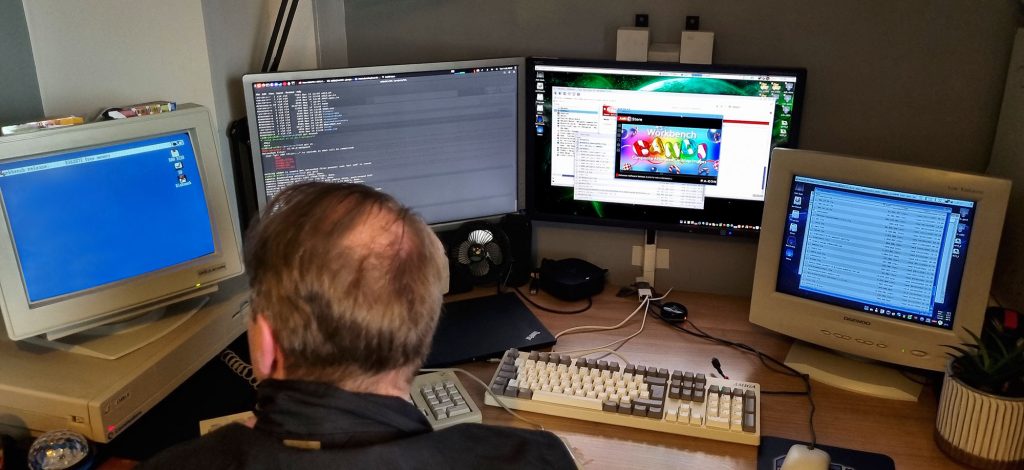
So, what do I actually do with my NextGen machines? Well, I am actually thankful that we are not yet in that situation where things are perfect! For people like me who are interested in development and build tool chains and understanding how things work, it provides a chance to understand how computers, software, build systems and operating systems work. For example, I have made contributions to our ADTOOLS cross compiler and our new CLIB4 C library, maintained by Sebastian Bauer and Andrea Palmate respectively. These contributions are something I never would have undertaken if not for the Amiga. The fact is, we need these tools and improvements for NextGen systems to continue progressing.

If, instead, I was just using Linux or Windows all day, I personally would not have the motivation to get my hands dirty in those areas – instead just relying on the latest package updates where someone else has already done the work. There are a lot of things that we still need to improve and work on so for Amigans like me who have this preference of understanding how things work, the workload never stops and so the learning also never stops. I also have done a few ports and I am thankful to Samo79 who has requested a number of those as well as contributed to them. A lot of appreciation must go towards Capehill who maintains and ported (I believe) SDL. In my opinion, SDL has been one of the most important ports for NextGen users because it has enabled the porting of games and even applications: George ported the LiteXL editor which uses SDL.
AmiCygnix is another great piece of work by Edgar Schwan and I used it for my first port of JASSPA Micro Emacs.
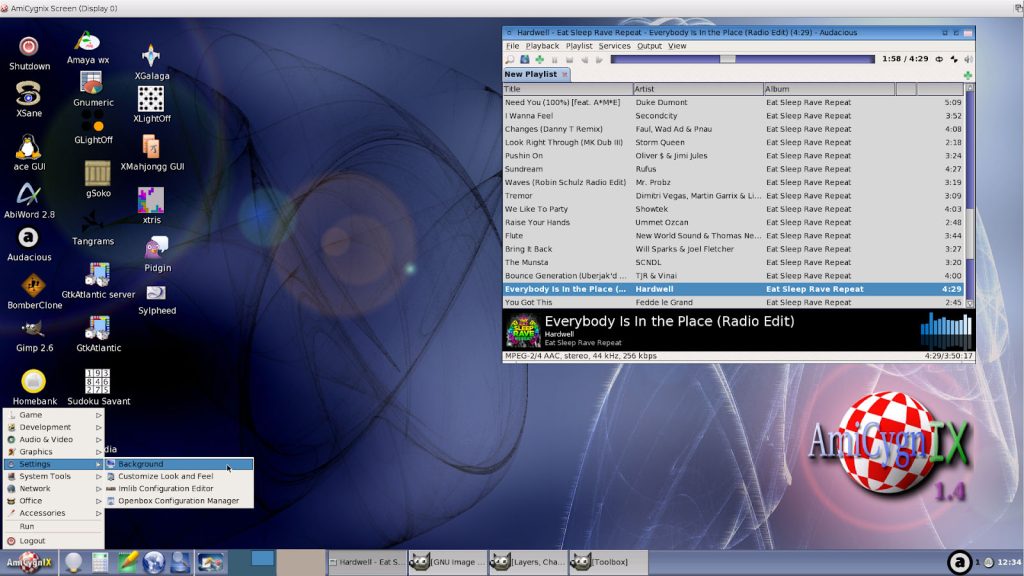
But, showing appreciation to specific people is always a bad idea because you inevitably miss people out so I should stop now. Within the team setup by George, are main lines of progression our supporting the updates to ADTOOLS, the continued porting and implementation of CLIB4 – allowing easier ports by improving POSIX compatibility, BINUTILS which currently is falling behind the version of GCC that we use and GDB. All developers are aware that the new kid on the block – the A1222 – benefits hugely from SPE and we are currently stuck with GCC 6 for that. On the backlog of work is to see if we cannot get SPE working with GCC 8 where is was actually deprecated and then removed in a minor version. Finally, I should mention that I am noticing regular updates to ExecSG and AmigaOS4 so things are progressing.>>>>>>>>>>>>>>>>>
A huge thanks to Ryan for sharing his Amiga story! It’s been great hearing about your journey and your ongoing passion for AmigaOS development. As for the health of the X1000, twelve years and still going strong—I hope I haven’t jinxed it for you! 😉
Boing attitude
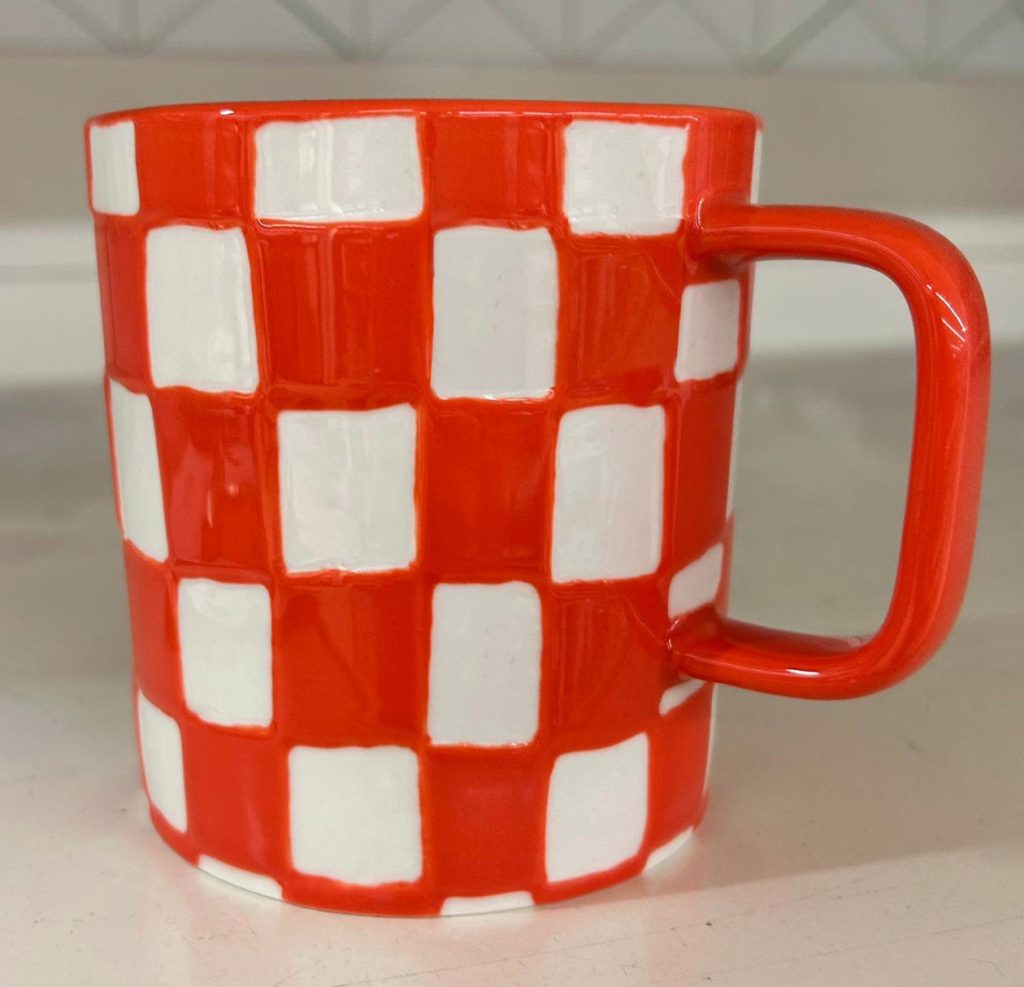
When I attended Kickstart 02, Allan Ullmann from Amiga Ireland presented me with the closest thing to a Boing Ball cup. It was a little too orange for my liking but I gratefully accepted the gift.
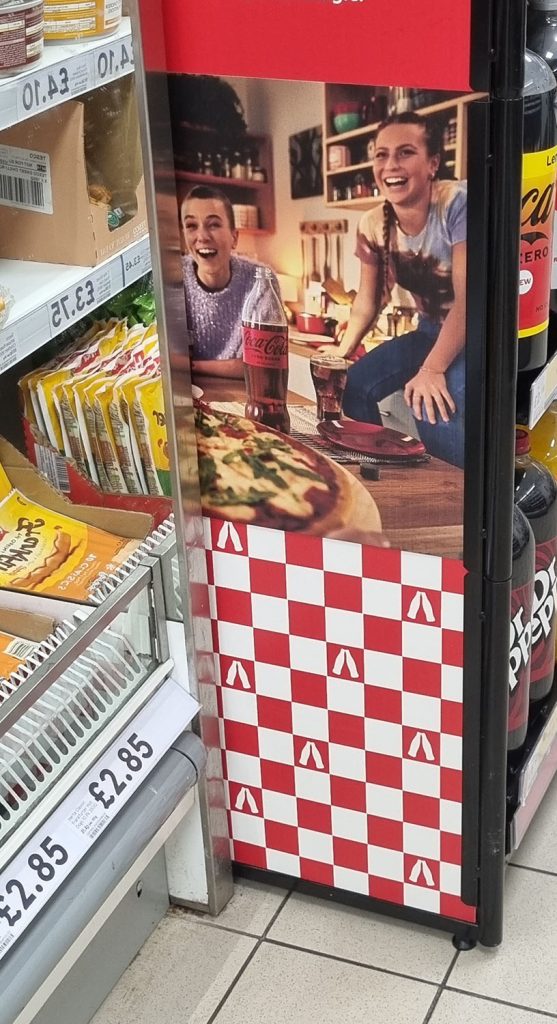
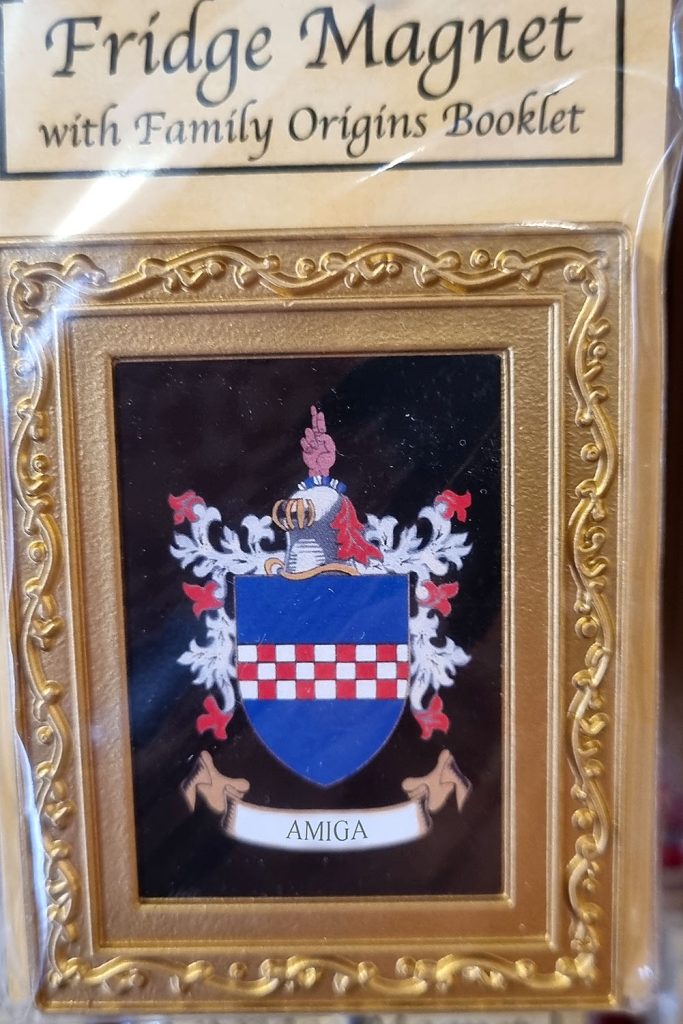
It tied in nicely with a boing ball soft drink fridge I spotted in a London supermarket. What else goes with a boing ball fridge? Well a Boing ball fridge magnet of course. Someone might have changed the family name on the fridge magnet crest. 😉
Until next time……………………………………………